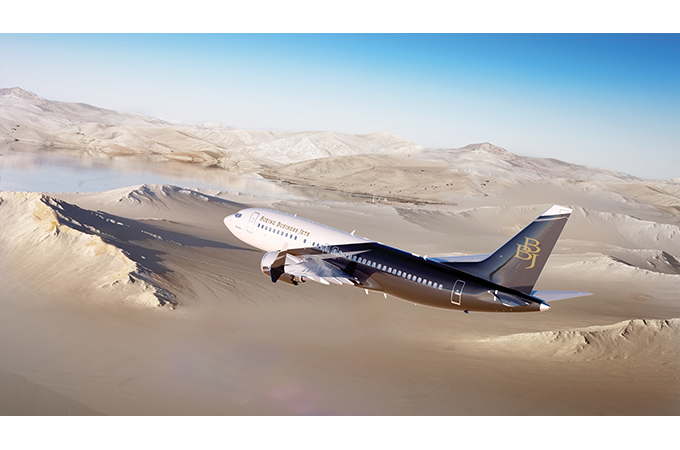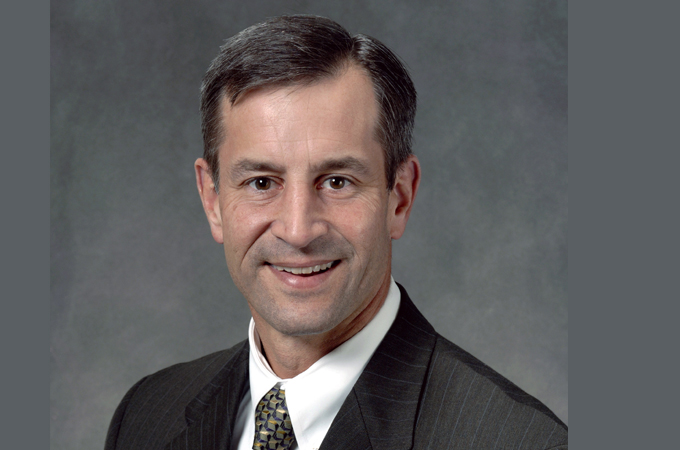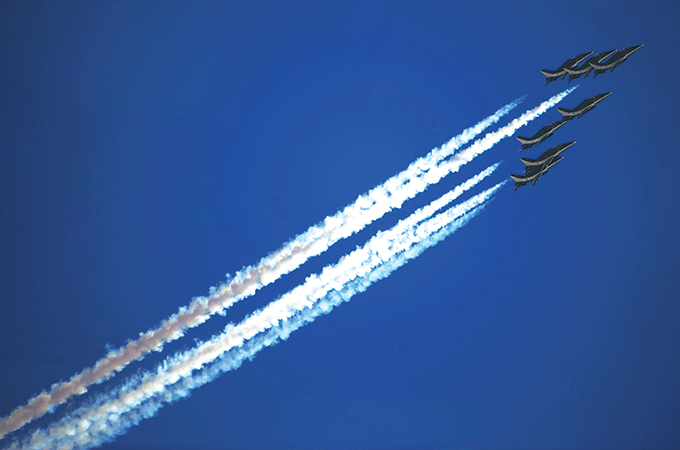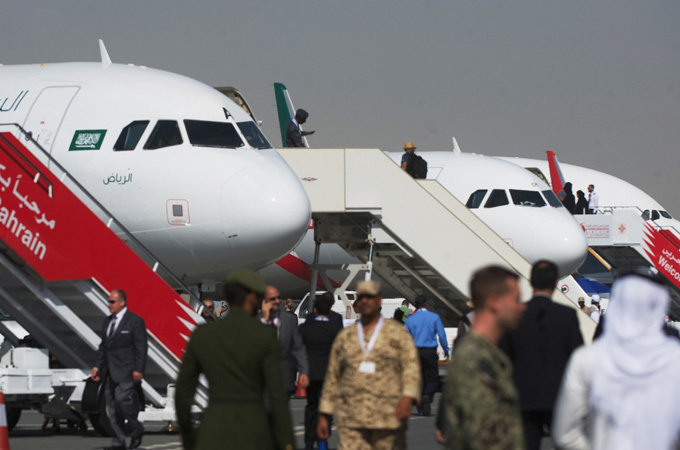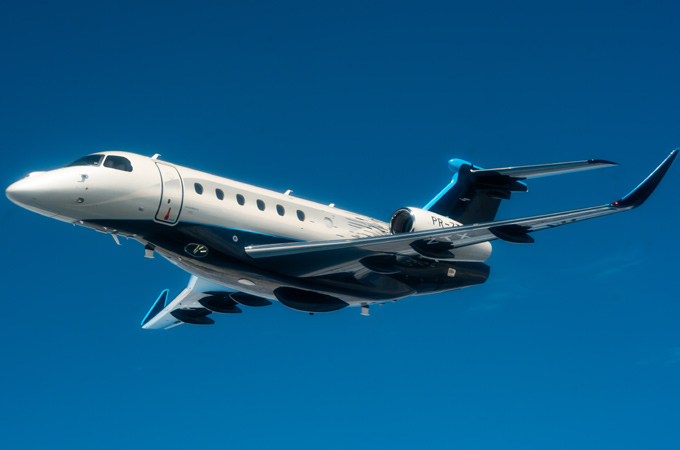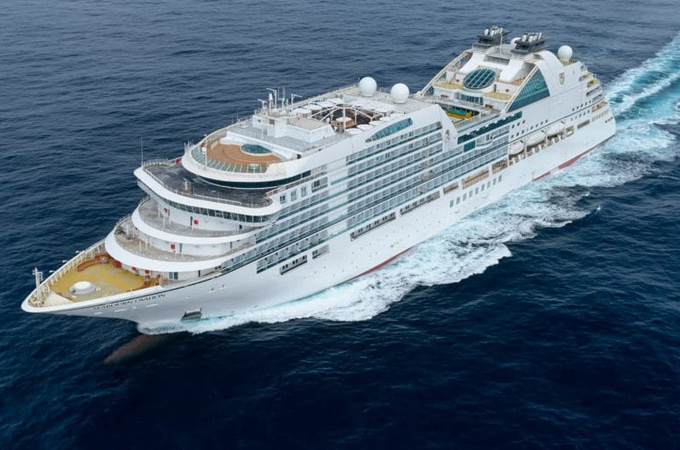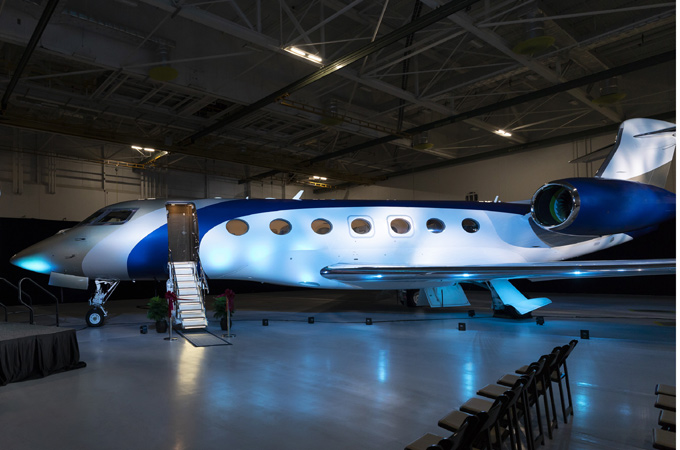Mon, May 22, 2017
Electric jets will be flying within the next decade, carrying up to 50 passengers on short-haul routes, according to solar energy and aviation pioneer Bertrand Piccard.
He made the bold prediction at the 2017 edition of the European Business Aviation Conference and Exhibition (Ebace 2017), which opened its doors today in Geneva, Switzerland.
Ten years ago, Bertrand Piccard took the stage at the 2007 Ebace to share the story of his recently completed, record-breaking balloon trip around the world.
“We expected him to tell us what he’d accomplished, what was behind him,” said National Business Aviation Association President and CEO Ed Bolen, introducing Piccard once again at Ebace 2017. “Instead, he spent a lot of time talking about his next challenge: flying around the world solely on solar power.”
As the founder of Solar Impulse, Piccard followed through on his impossible dream from 10 years ago, leading the effort to design, build and then pilot the first aircraft to circle the globe without a drop of fuel.
“When I was here last, you didn’t tell me my idea was crazy,” Piccard told the attendees at Ebace’s Opening General Session. Piccard heard many times when starting Solar Impulse that it was impossible, “but it is precisely because nobody has done it before that you have to do it,” he said. “Otherwise it will always remain impossible.”
PIONEERING SPIRIT
When Piccard first started, the round-the-world flight seemed like science fiction. The airplane needed a 72-m wingspan to fit enough solar cells. They’d run four electric engines with less power than a motorcycle. And the entire craft needed to weigh less than a car.
Teaming up with engineer and co-pilot André Borschberg, Piccard brought together a multidisciplinary team of aerospace engineers and Swiss shipbuilders who designed ultra-light hulls for America’s Cup racing vessels.
“In the world of pioneering, sometimes you have to look outside the system,” said Piccard.
Solar Impulse was built using carbon fibre materials three times lighter than paper. Dassault Aviation supported the project, making their engineers available for design review.
Before Solar Impulse’s unlikely flight, even Piccard doubted solar aviation would become a commercial reality, but at Ebace 2017, he predicted that within 10 years, the industry would be flying plug-in electric airplanes, with 50 passengers, on short-haul routes.
“Today, we can reconcile ecology and economy. Imagine no noise, no pollution, getting your customers closer to where they want to go,” said Piccard, challenging the business aviation professionals to take his vision further and bring it commercially to market.
“This is what clean technologies offer,” said Piccard, “and once again aviation will inspire what’s possible.”
Piccard’s vision of cleaner, greener aviation is a symbol of European technological excellence, said Brandon Mitchener, CEO of the European Business Aviation Association.
“This is a fast-paced, evolving industry,” Mitchener said. “As someone who believes in solar energy’s virtually unlimited potential, I see this as a glimpse of the future of aviation.”
With Piccard’s keynote, Mitchener and Bolen officially opened Ebace 2017, with a sold-out aircraft display and a packed exhibit floor showcasing even more cutting-edge technology powering the future of business aviation.
This year’s show features more than 400 exhibitors, 58 aircraft on display at Geneva Airport and four more inside the Palexpo exhibit hall.
“We have an exciting show lined up this week, highlighting where the sector is going,” said Mitchener. “EBACE is where all our industry’s dynamism, passion and innovation comes together.”



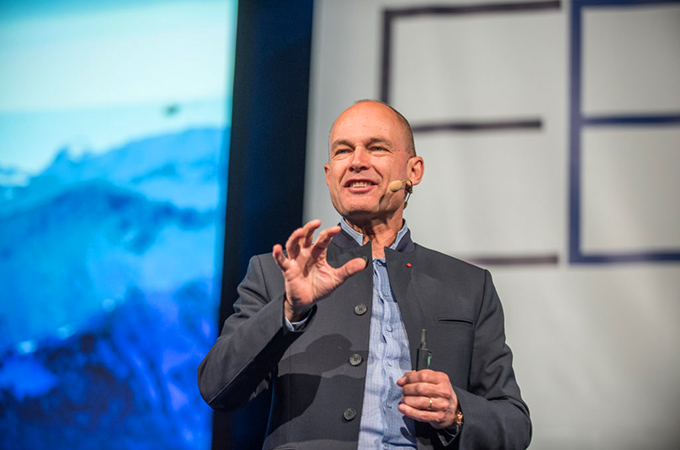
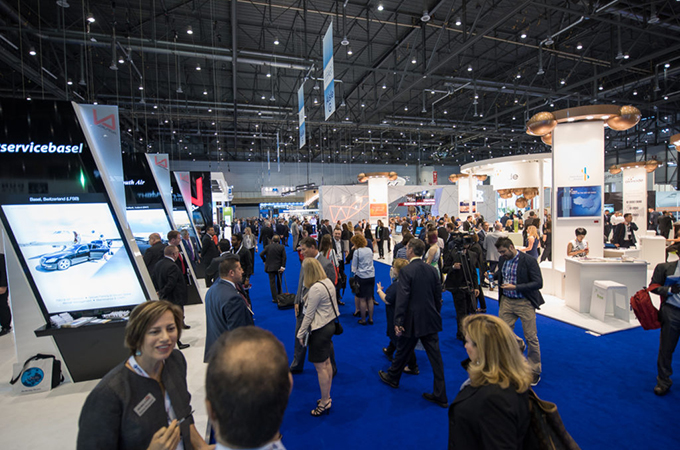
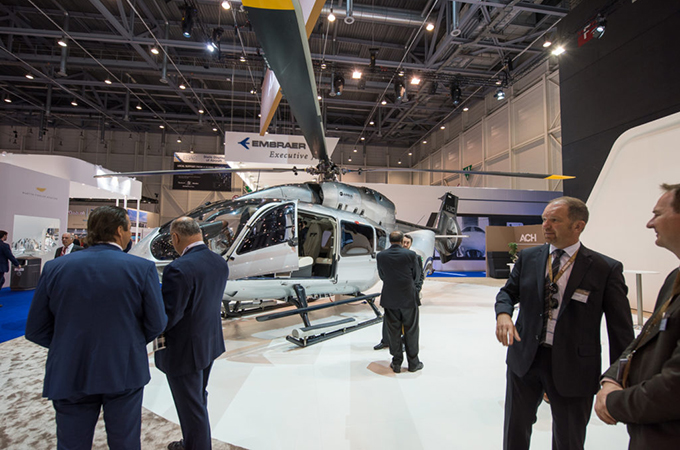
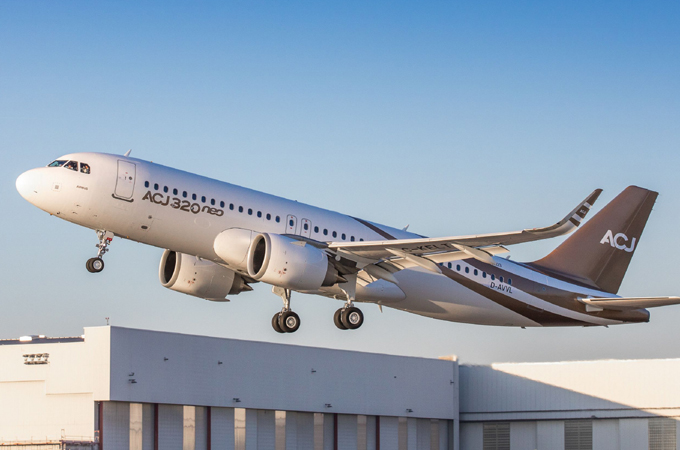
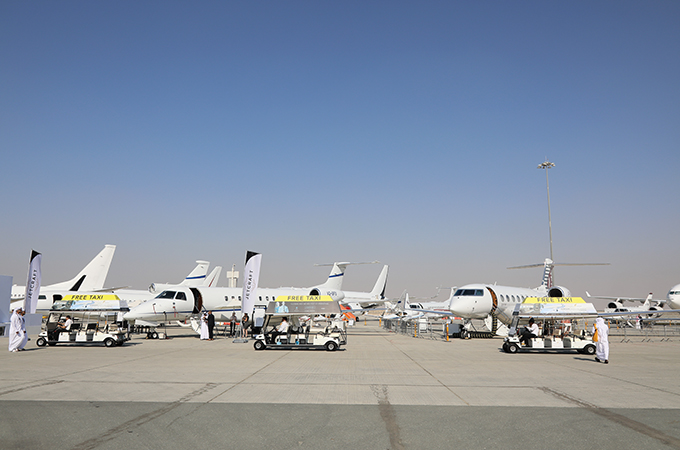
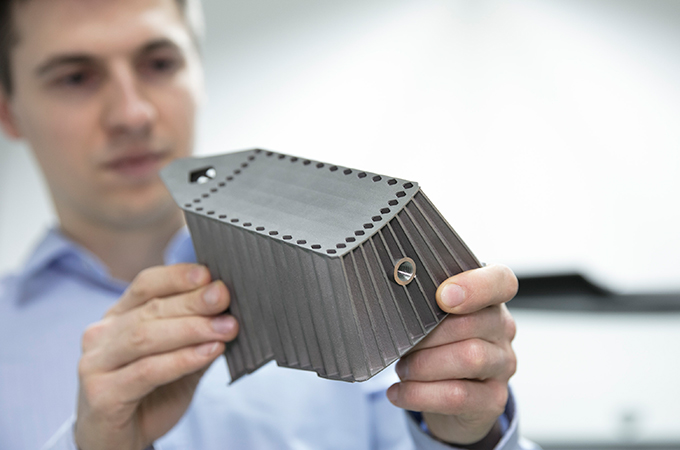
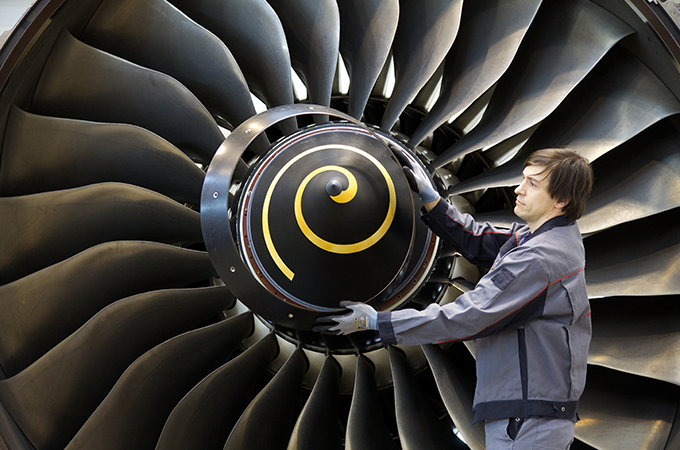
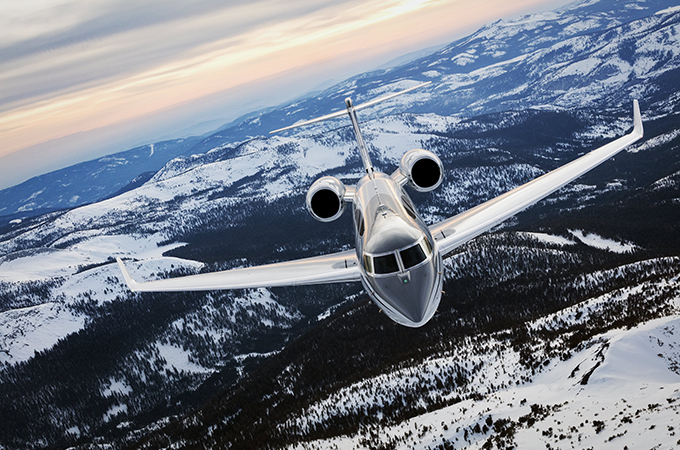
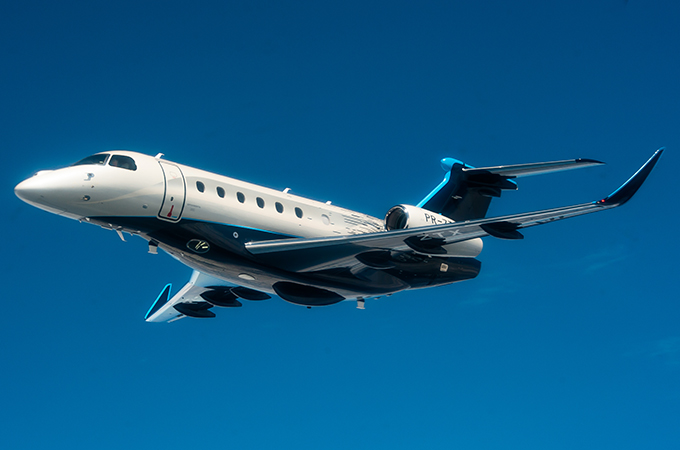
.jpg)
